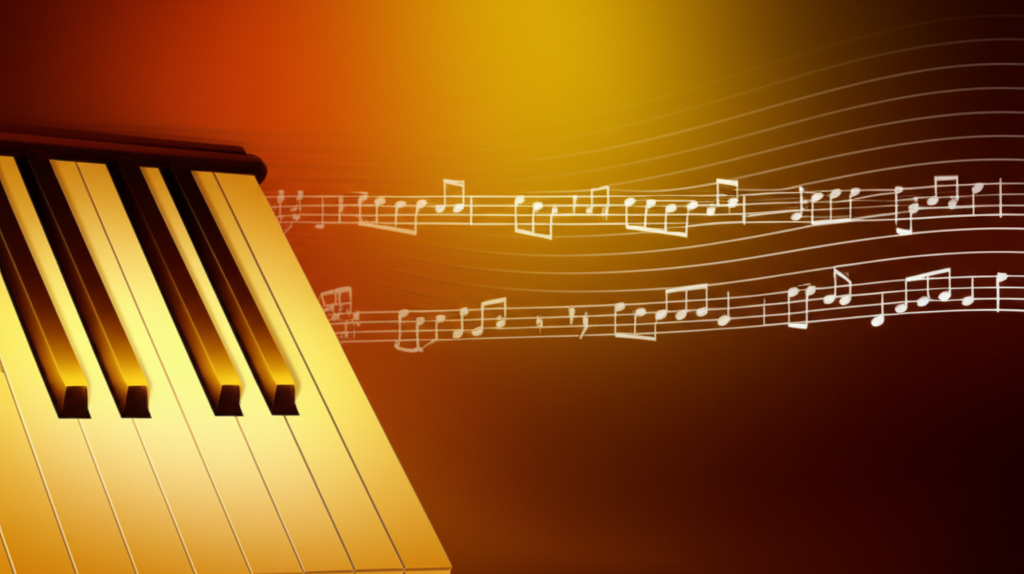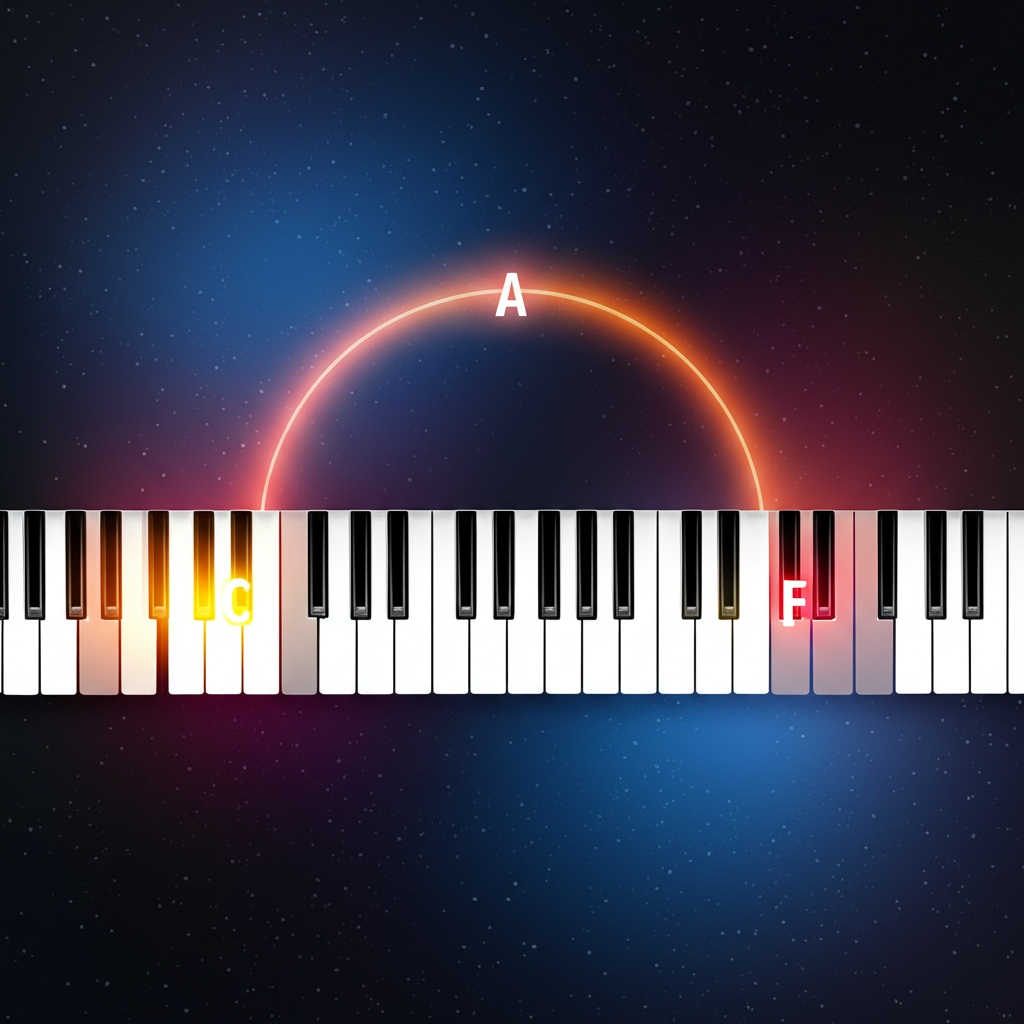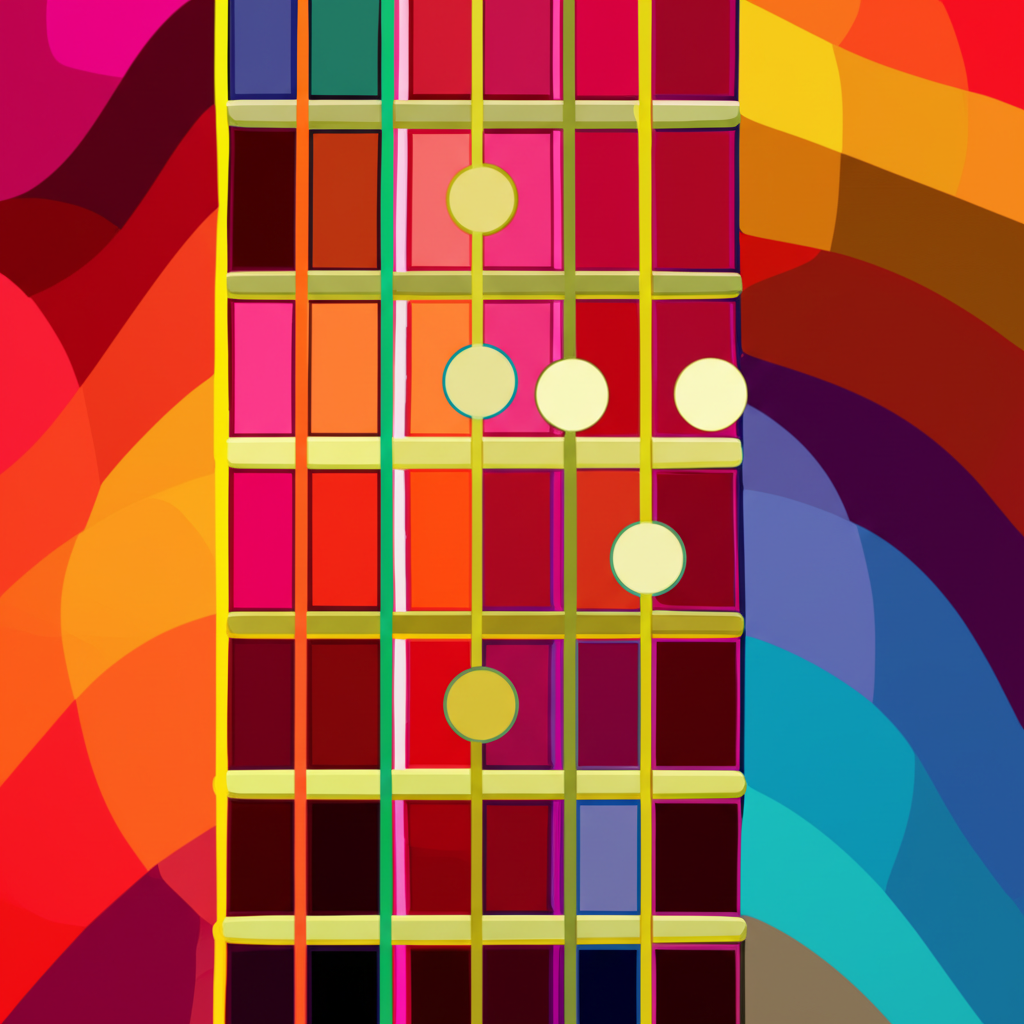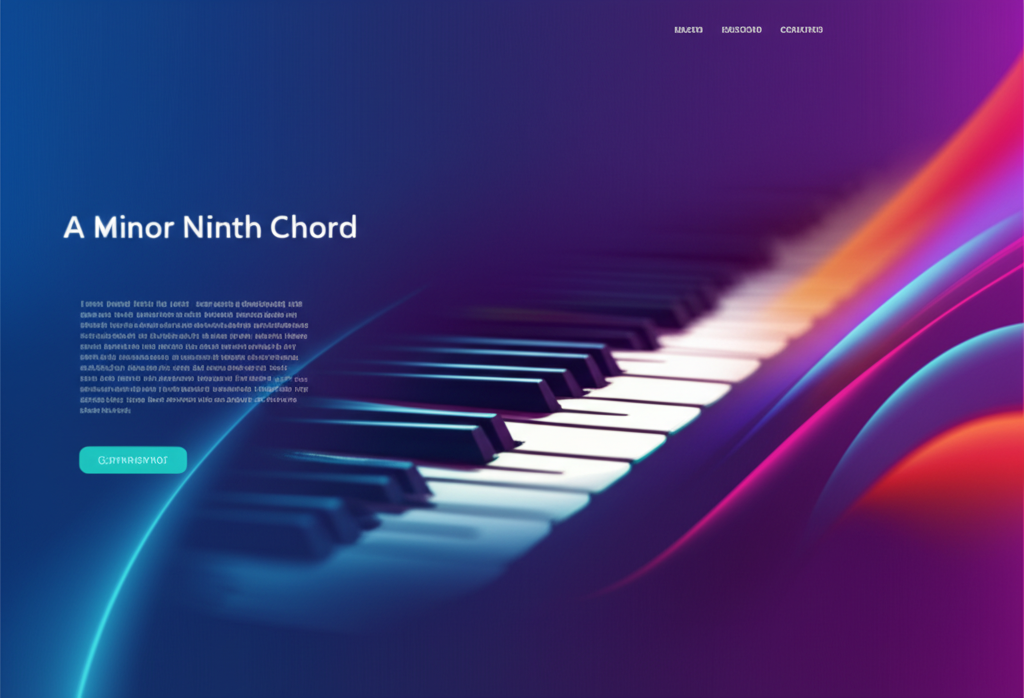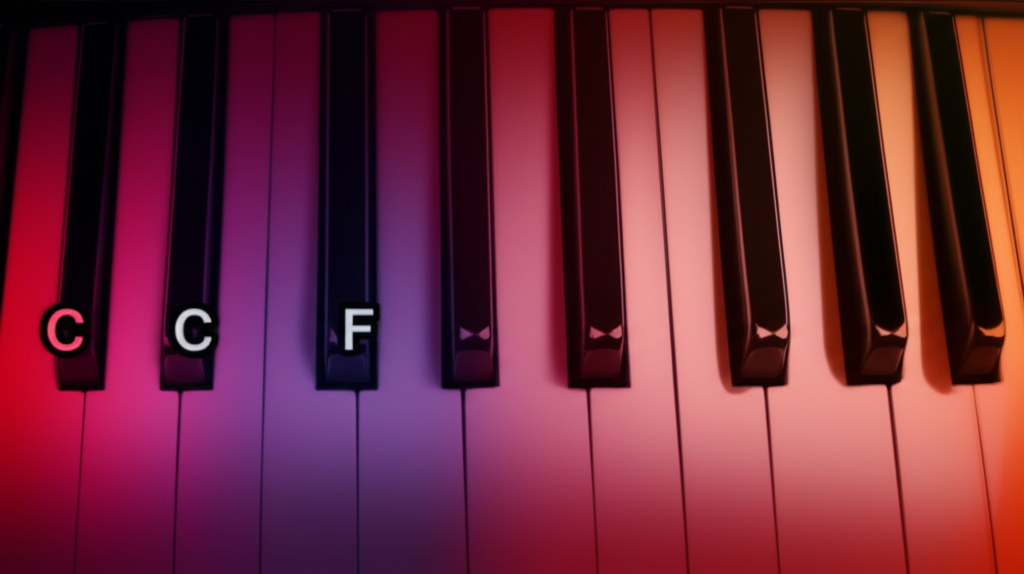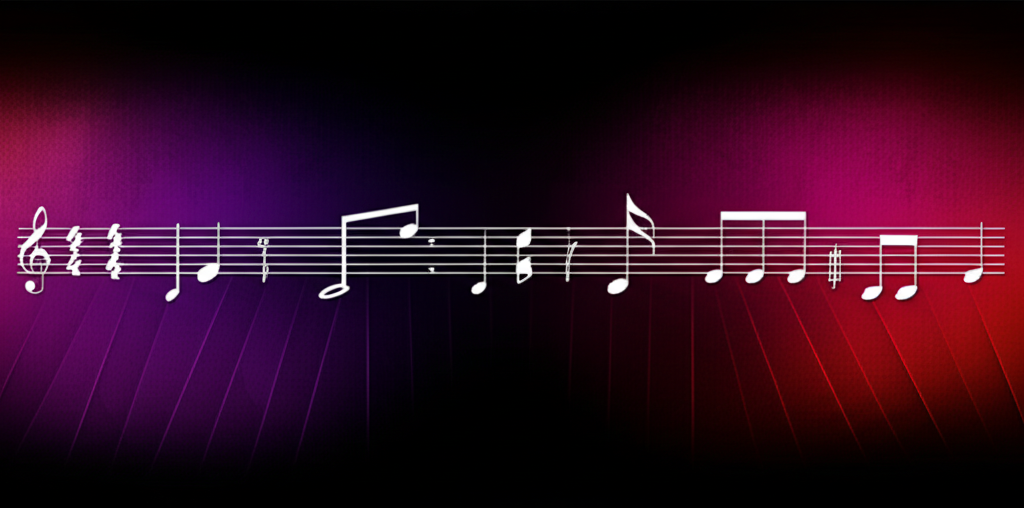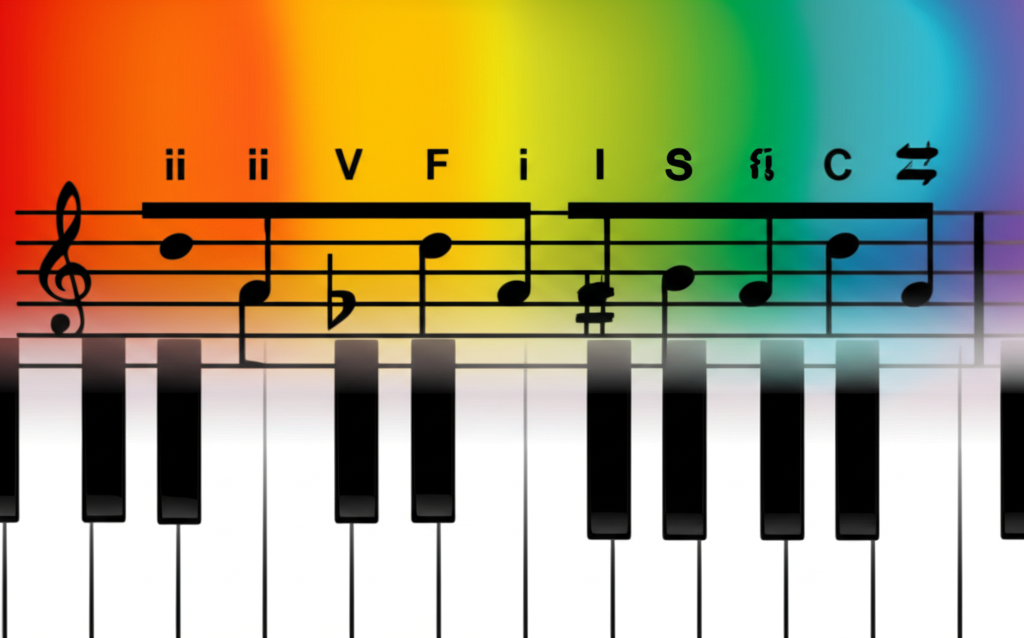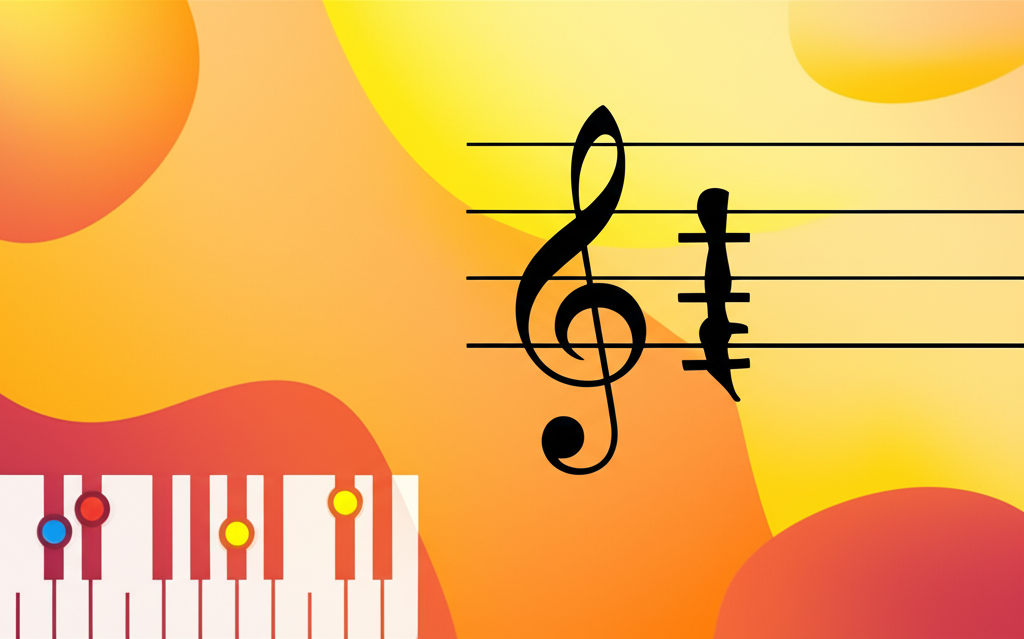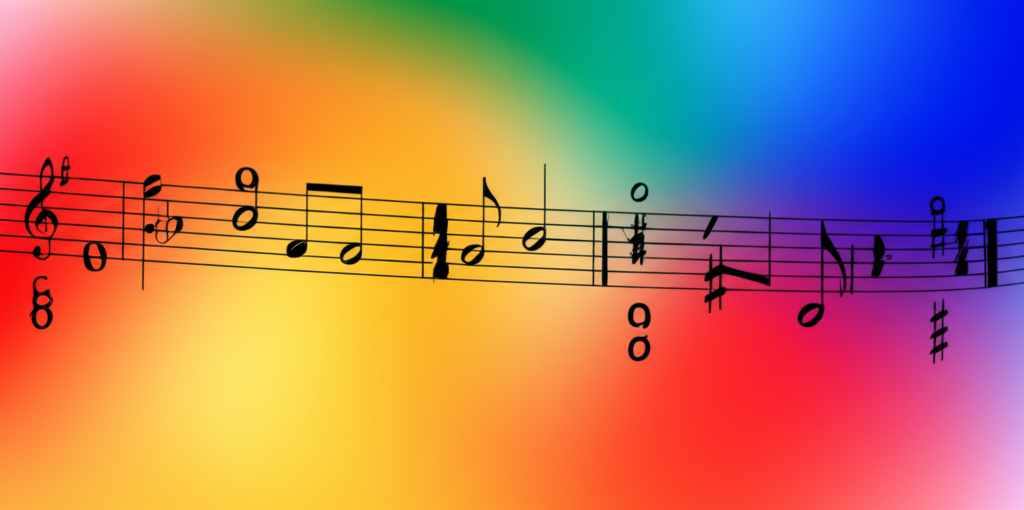
Bossa Nova Chord Progressions - The Brazilian Sound

b4n1
May 17, 2025, 4:26 p.m.
Bossa Nova Chord Progressions - The Brazilian Sound
Summary:
Bossa Nova chord progressions combine jazz harmony with Brazilian samba rhythms, creating a sophisticated yet accessible sound. These distinctive progressions, characterized by minor seventh chords and subtle chromatic movement, form the backbone of this influential musical style.
Keywords:
bossa nova, Brazilian jazz, chord progressions, minor seventh chords, João Gilberto, Antonio Carlos Jobim
Introduction:
Emerging in the late 1950s, bossa nova revolutionized Brazilian music by combining sophisticated jazz harmonies with gentle samba rhythms. The style's characteristic chord progressions, created by composers like Antonio Carlos Jobim, have become standard vocabulary in jazz and popular music.
Basic Structure:
Common characteristics of bossa nova progressions: - Extended use of minor seventh chords (m7) - Secondary dominants and ii-V movements - Chromatic bass movements - Major seventh chords (maj7) - Subtle modulations - Complex cadential patterns
Examples:
Example in ABC Notation:
Classic bossa nova progression (Girl from Ipanema style):
Common Progressions:
Popular bossa nova chord sequences: 1. The Ipanema Changes: - Fmaj7 - G7(13) - Gm7 - Gb7 - Fmaj7 - Gb7 - Em7b5 - A7(b9) - Dm7 - G7 - Em7b5 - A7 - Dm7 - G7 - Cmaj7 2. The Wave Pattern: - Dm7 - G7 - Cmaj7 - Fmaj7 - Bm7b5 - E7 - Am7 - D7 - Gm7 - C7 - Fmaj7 - Em7b5 A7 3. Desafinado Changes: - Fmaj7 - F#dim7 - Gm7 - Gb7 - Fmaj7 - Gb7 - Em7b5 - A7 - Dm7 - G7 - Em7 - A7 - Dm7 - G7 - Cmaj7
Harmonic Analysis:
Key features of bossa nova harmony: - Secondary dominants creating temporary tonicization - Chromatic approach chords - Extended harmonies (9ths, 11ths, 13ths) - Minor ii-V-I progressions - Deceptive resolutions - Use of diminished passing chords
Famous Examples:
Classic bossa nova songs with notable progressions: - "The Girl from Ipanema" (Garota de Ipanema) - "Desafinado" - "Wave" - "Corcovado" (Quiet Nights) - "One Note Samba" - "How Insensitive" (Insensatez)
Rhythmic Context:
The harmony interacts with these rhythmic elements: - The classic bossa nova guitar pattern - Subtle syncopation - "Floating" feel between 3/4 and 4/4 - Light percussion accompaniment - Emphasis on 2nd beat - Integration with melodic phrasing
Modern Applications:
Contemporary uses of bossa nova progressions: - Jazz fusion compositions - Modern Brazilian pop - Lounge and electronic music - Neo-soul arrangements - Contemporary jazz standards - Cross-cultural fusion projects
Fun Facts:
- "Bossa nova" means "new trend" or "new wave" in Portuguese - The style was heavily influenced by cool jazz harmonies - João Gilberto developed the characteristic guitar rhythm - Many bossa nova standards were written by Antonio Carlos Jobim - The style gained international popularity in the early 1960s
Conclusions:
Bossa nova progressions represent a perfect synthesis of jazz harmony and Brazilian musical sensibility. Their sophisticated yet accessible nature has made them enduring tools for composers and arrangers across many musical styles.
References:
Castro, R. (2000). Bossa Nova: The Story of the Brazilian Music That Seduced the World. A Cappella Books.
Jobim, H. (2000). Antonio Carlos Jobim: An Illuminated Man. Hal Leonard.
Guest, I. (2006). Harmony: Method and Practice. Lumiar Press.

